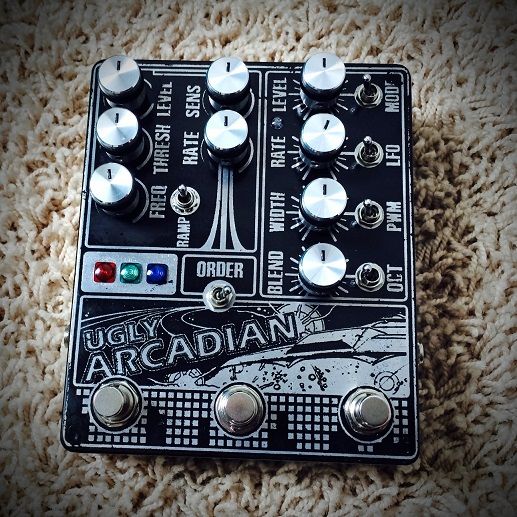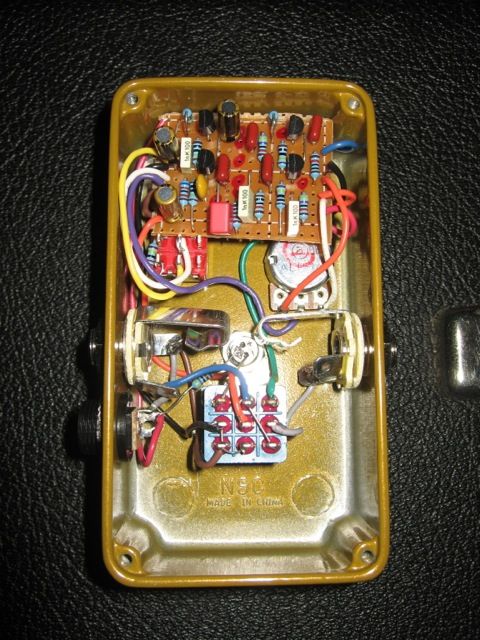Hey friends,
I haven't built anything in a while, but I'm taking some time off around the holidays and plan to be doing a lot of soldering. One project I'm working on will be the Dead End FX String Ringer, but I need some help identifying one of the switching jacks used in the project. I've attached a screenshot to this post from the build doc, but in case that doesn't work here's a link to the build doc itself:
https://drive.google.com/file/d/1lEGyfLFhGigXvQ8sfUZGQItD3yIR-7y7/view
I'm specifically not sure what I need for the LFO Depth jack pictured on page 5. Any help would be appreciated!
I haven't built anything in a while, but I'm taking some time off around the holidays and plan to be doing a lot of soldering. One project I'm working on will be the Dead End FX String Ringer, but I need some help identifying one of the switching jacks used in the project. I've attached a screenshot to this post from the build doc, but in case that doesn't work here's a link to the build doc itself:
https://drive.google.com/file/d/1lEGyfLFhGigXvQ8sfUZGQItD3yIR-7y7/view
I'm specifically not sure what I need for the LFO Depth jack pictured on page 5. Any help would be appreciated!














